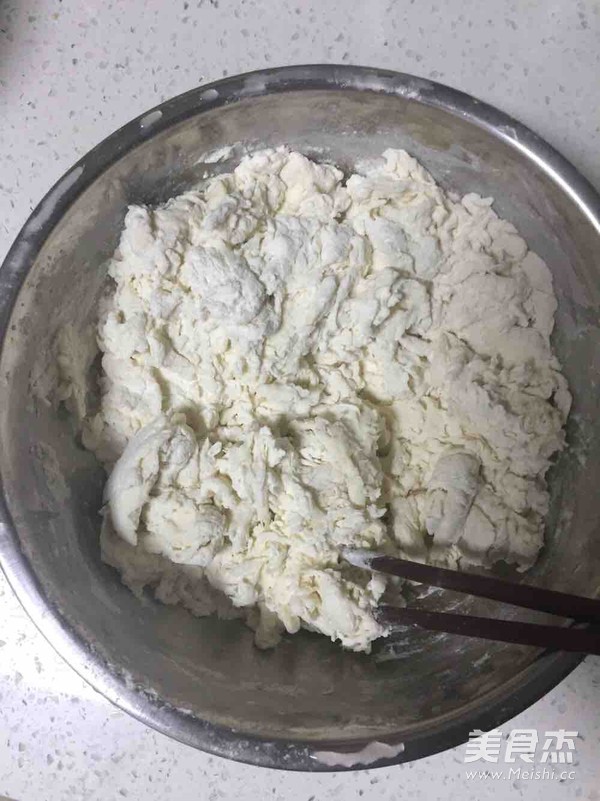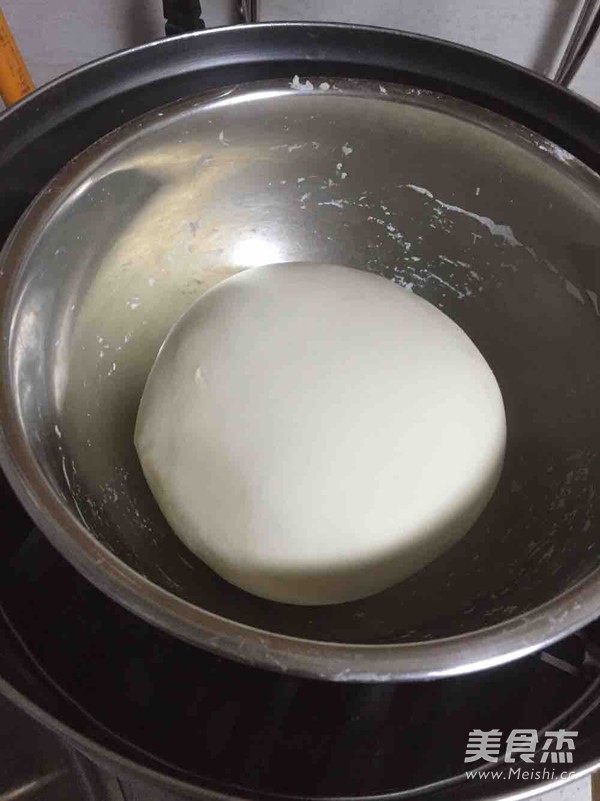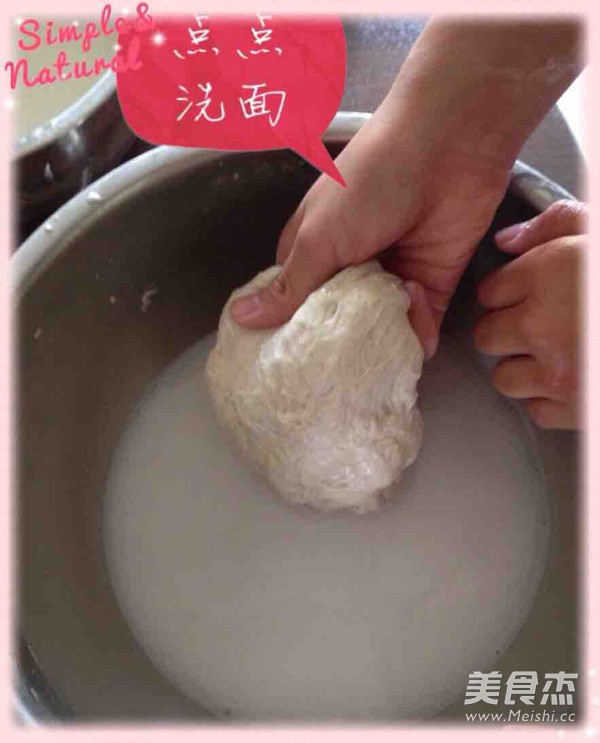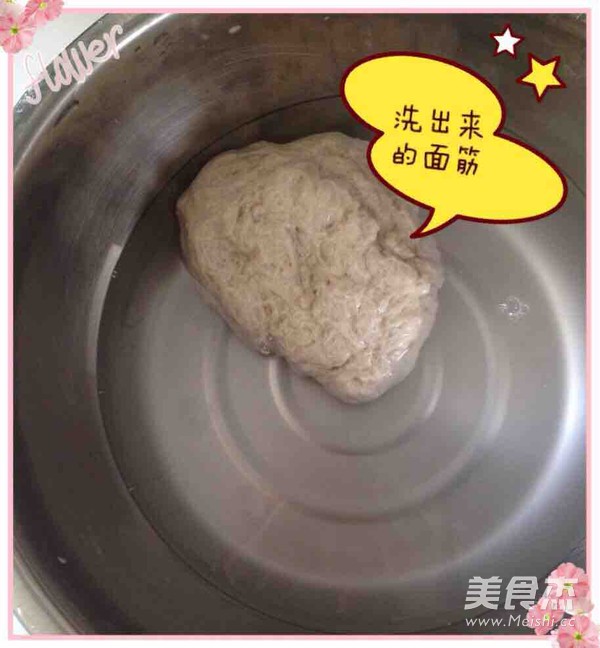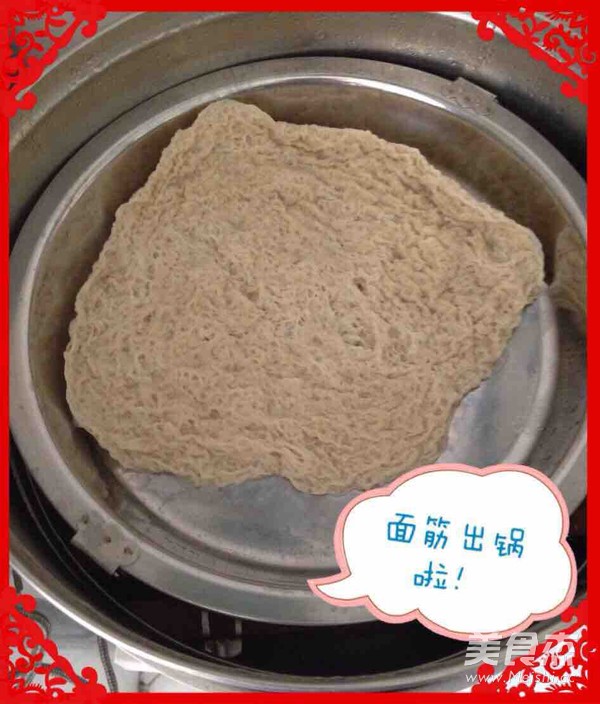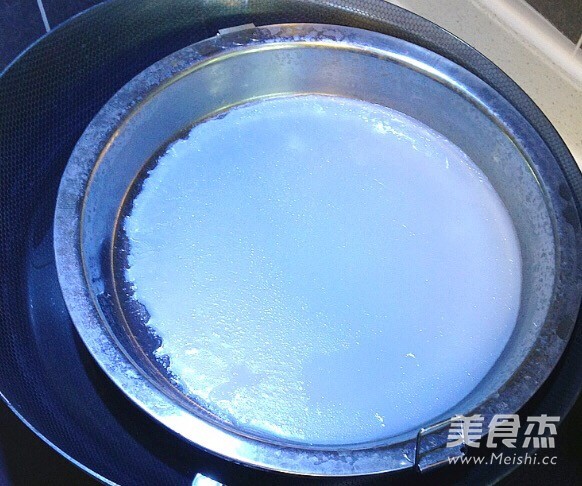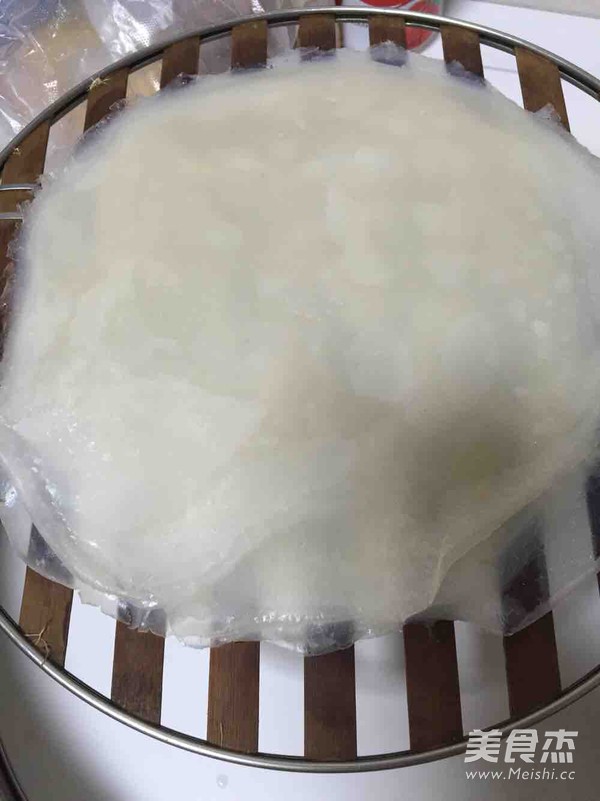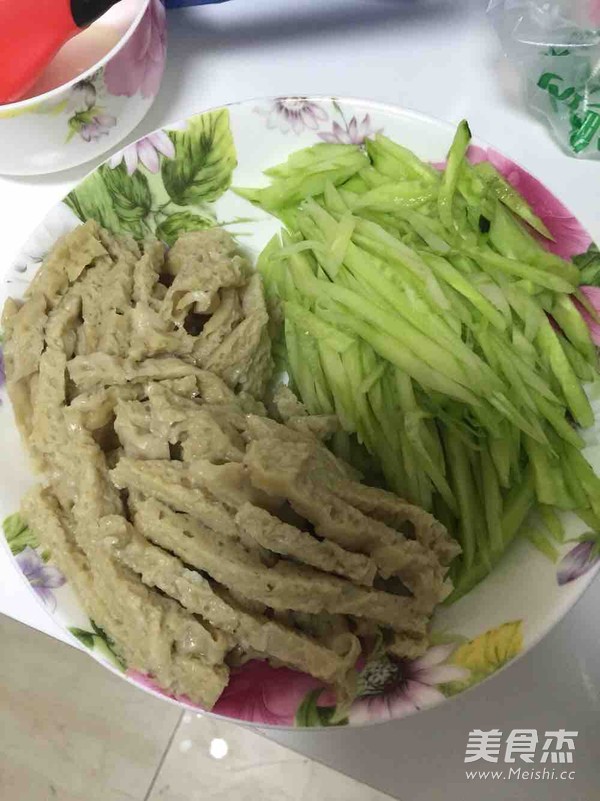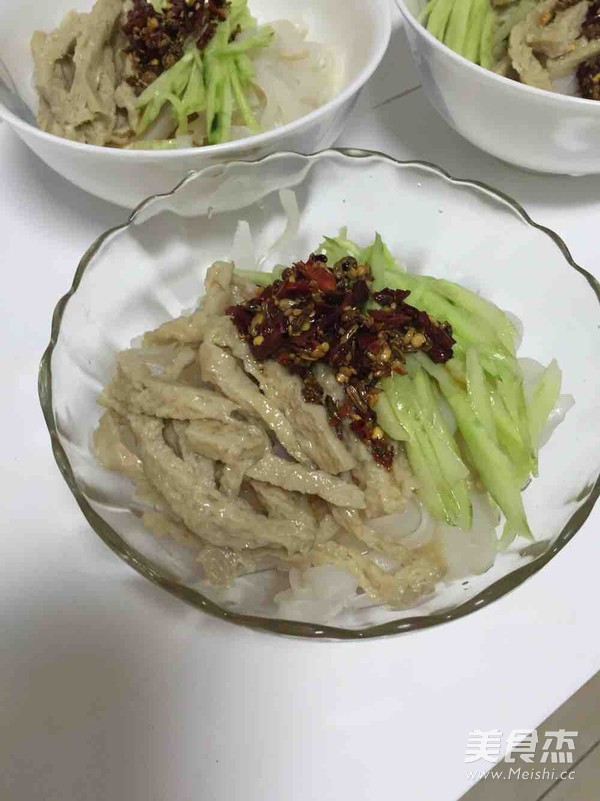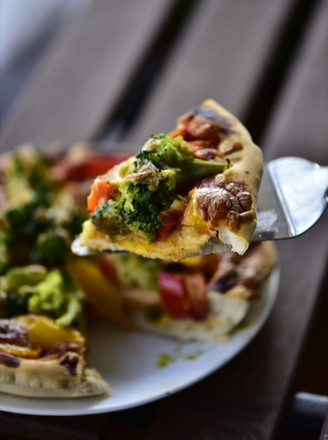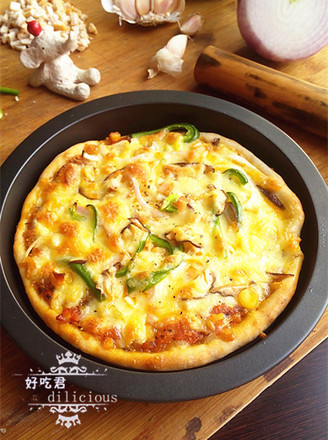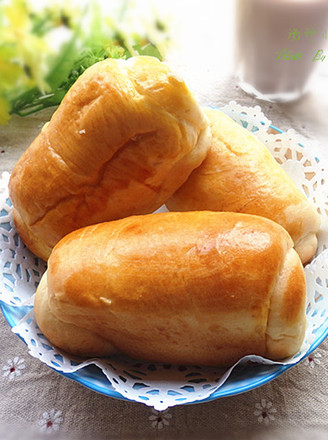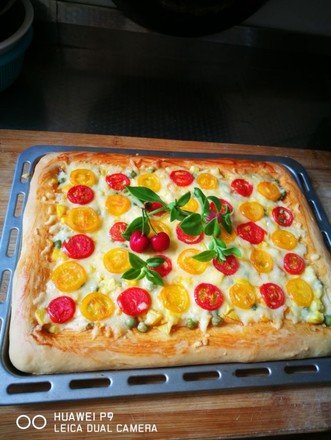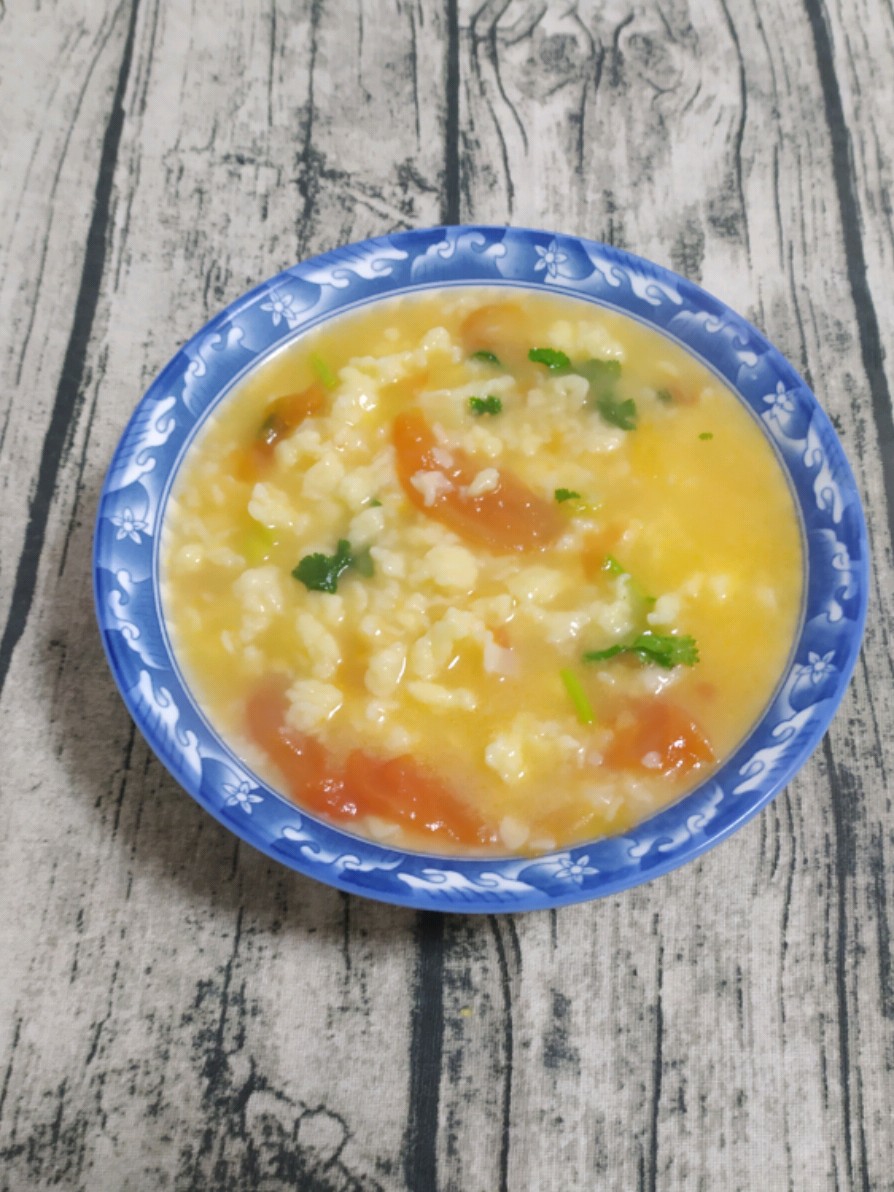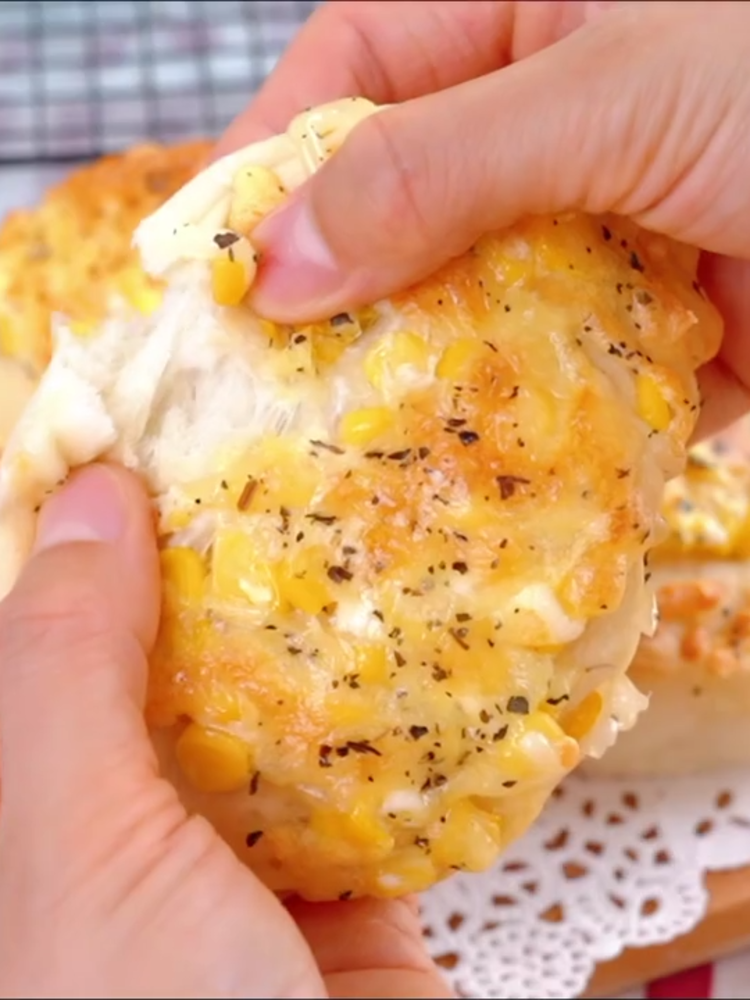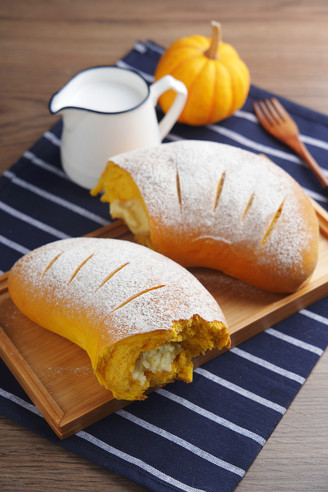Liangpi
1.
Add cold water to the flour little by little and mix into a flocculent shape. The ratio of flour to water is roughly 2:1, the noodles of Liangpi should be harder, and the water should be slightly less.
2.
Knead the Sanguang dough that is light, hand light, and potted. Cover with plastic wrap and allow for 30 minutes.
3.
The most important part is to wash the face, wash the face with the least amount of water (outside the formula) during the washing process, about four times, wash as much as possible each time, and change the water when it is white. When there is a fall in the middle, don't be discouraged or discouraged. This is normal. After a while, it will magically form a dough. Don't throw away the water for washing your face, it is the raw material of Liangpi! Pour the water into a transparent or translucent container when changing the water.
4.
When the water for washing the noodles becomes clear, it means that the noodles have been washed. The middle lump is gluten. Don't still lose the gluten. You should mix it into the cold skin after steaming.
5.
I wash out so much from a pound of flour, and let it stand for more than 5 hours. Never move, stand still, stand still, stand still.
6.
Make some preparations while waiting for the batter to settle. Steam the gluten over high heat for 20 minutes, then cut into strips or small pieces.
7.
Heat the pot with vegetable oil, which is more than stir-frying. Mine just puts less, and burn it to 40%. Add pepper, fennel, tangerine peel and white sesame seeds and fry it on low heat until 70%, then pour it into a bowl of chili noodles. . The bowl must be heat-resistant, and the oil temperature must not be too high. I don’t have chili noodles at home, so I chopped up dried chilies. The taste is okay, but it’s a bit troublesome to eat.
8.
After sedimentation, use a spoon to slowly scoop out the clearer water on the top. The front can be quickly scooped, and the back must be slowly scooped.
9.
The batter after scooping out the clear water is the raw material of Liangpi. Stir it every time before making one. Boil water in the wok, put a little oil on the gongs and gongs, put them in the wok, and scoop a spoonful of the batter. Because the gongs and gongs float on the water, the batter will spread evenly by itself. Cover the lid and steam for 3 minutes. Never open the lid halfway. Prepare a cold water next to it. Can you see the gongs on both sides? Take out the gong with two chopsticks and put it in cold water.
10.
Put another gong and gong oil into the pot and scoop a spoonful of batter. Cover the pan and steam for three minutes. Take out the gong and place in cold water. Alternate in turn until all the batter is steamed.
11.
Cut the cucumber. You can also cut the carrots into silk and scald the mung bean sprouts. In short, you can add something to what you like to eat.
12.
Cut the cold skin into long strips, add the side dishes and gluten, pour in the oily pepper, add a little vinegar, add garlic juice to those who like garlic, and you're done with the delicious and safe cold skin.
Tips:
1. The gongs are bought in the bakery and are necessary for making Liangpi.
2. Be sure to wash as much as possible when washing your face, and then change the water.
3. Never move the container of flour paste during the sedimentation process. Be careful when scooping water after settling.
4. Do not open the lid when steaming, otherwise it will break.


